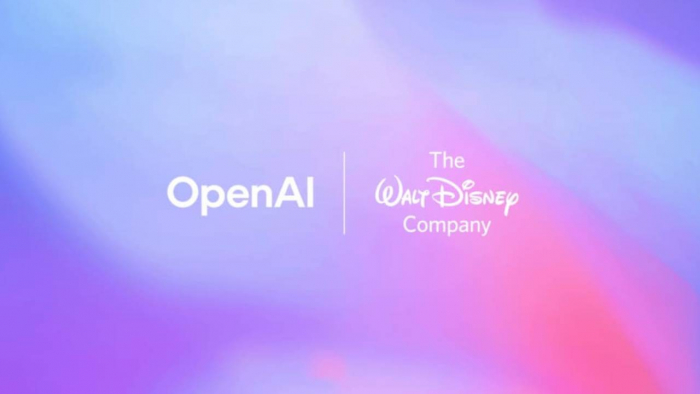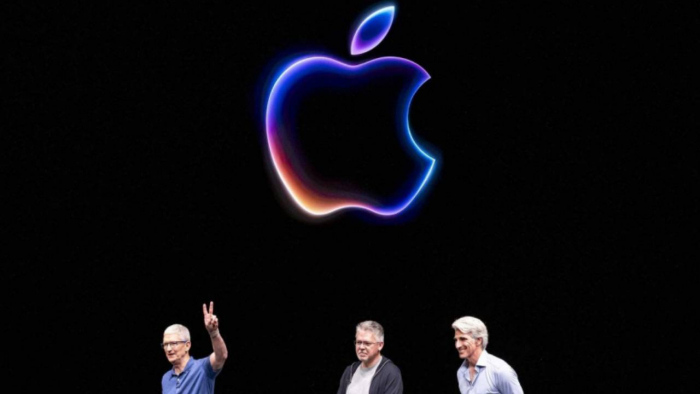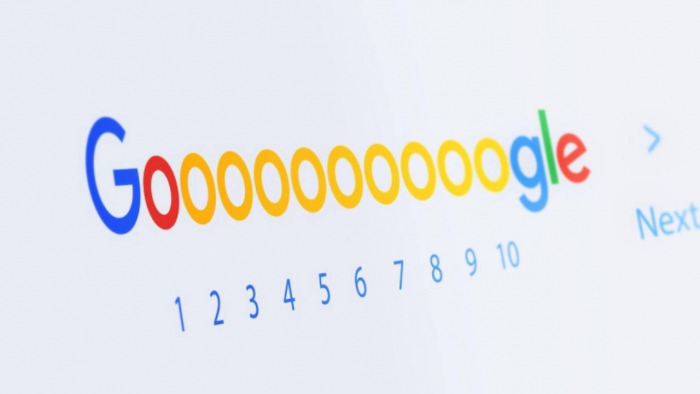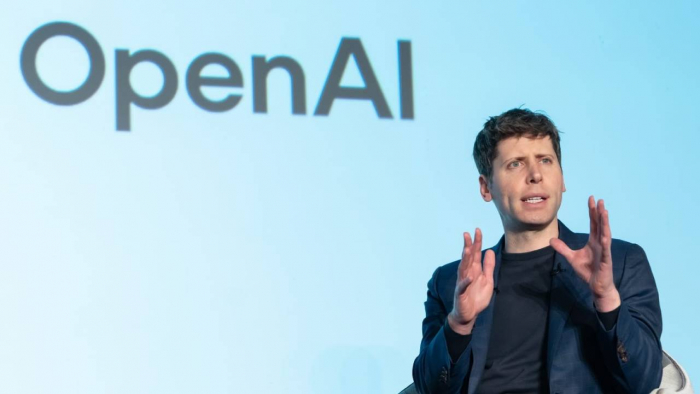Online payments aren't a futuristic concept anymore; they're just part of our daily lives, and the demands are constantly rising. People now expect their digital transactions to be secure, instant, and sometimes so small they’re barely noticeable. From snagging a $0.99 upgrade in a phone game to splitting a $10 lunch tab with a friend, specialized finance and technology (fintech) companies are completely rewiring how money flows in the digital world.
The Power of the Pinch: Micro-Payments Take Over
Spending online is easier than ever because the entry cost is so low. We now expect micro-payments as a standard feature, whether it's for tiny in-app purchases or those streaming trials that cost next to nothing. This shift is driven by the desire to reduce commitment. Some digital entertainment companies have built their entire model on this concept. For example, some entertainment sites, including the $1 minimum deposit casino platforms, use this low-risk model, where users can test the platform with a negligible outlay. The business plan is straightforward: remove the financial barrier, let customers try the product, and win them over with a great experience. All of this relies on digital payment apps, from Apple Pay to Wise, which make sending money instantly and often fee-free. For most users, sending cash is no longer a question of "can I?" but "how fast can I tap and be done?"
The Invisible Engine of Instant Settlement
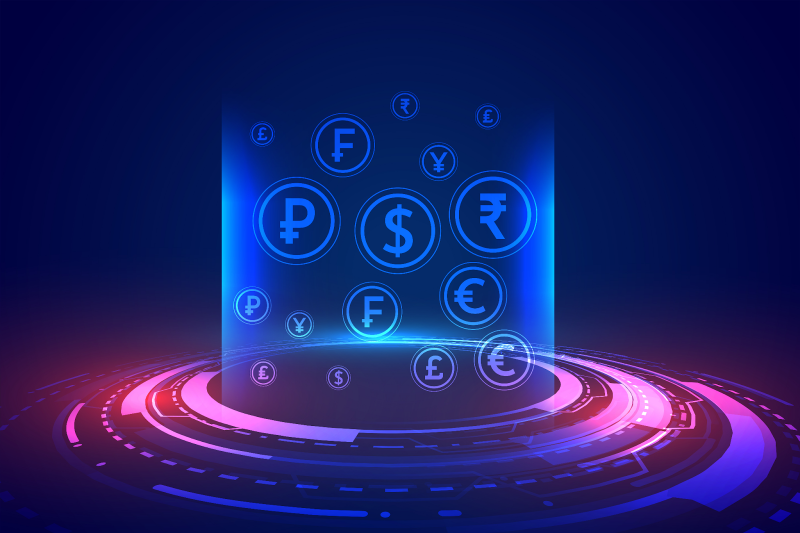
So, what's the secret to instant payments? It’s a sophisticated, high-speed network that makes the magic happen. In the States, platforms like Zelle can instantly shift funds between banks. Across the pond, the SEPA Instant scheme offers the same instant settlement across the Eurozone. New fintech apps simply hook into these pre-existing "rails" to give you a smooth experience without the painful wait times of yesterday’s banking. Of course, moving money fast is pointless if it’s not secure. That's why every payment app features heavy protection: think face ID logins, one-time codes, and device verification. Under the surface, clever machine learning is constantly running, and AI systems monitor transaction patterns to flag unusual activity.
AI: The Brain Behind Smarter Payments
You might not see it, but Artificial Intelligence is now a vital actor in keeping your money safe and your experience smooth. These AI algorithms are always looking at how you spend your money, so they can quickly find anything out of the ordinary. The system can halt a questionable transaction right away and require you to prove that it's actually you. AI is also taking over basic customer care. You can now use chatbots to check your balance or freeze a card at any time of day. This automation lets human workers focus on important problems that really need a person's attention.
Taps, Scans, and The Rise of Digital Banks
Think back to when paying by tapping your phone seemed outlandish. Today, that’s just life. Contactless payments, handled by a simple watch tap or a QR code scan at the register, have become the standard for quick, secure shopping. It's a global shift that proves speed and security can absolutely go hand-in-hand. This isn’t just about convenience; it’s a big win for people who don't have traditional bank accounts. This shift runs parallel to the rise of neobanks, those app-only banks like Revolut or the U.S.'s Chime. They’re winning over digital-first users by ditching branch fees, offering easy international spending, and eliminating minimum balance rules. Finally, for online safety, we've got virtual cards: temporary numbers you use for shopping that keep your real account details safely tucked away. If a virtual card is ever stolen, you can kill it instantly without the headache of replacing your main debit card.
The Future: Payments That Disappear
The next big step for payment systems is making them practically invisible. Think about automatically settling your monthly subscriptions, utility payments, or even your daily subway fare without any conscious effort to tap or swipe. At the same time, we're seeing major moves from central banks. CBDCs, government-backed digital cash, are quickly moving from theory to reality, with pilots like the Digital Yuan in China and various tests in Europe. This new layer of government-issued digital currency has the potential to shake up the entire financial structure, including how digital wallets work. This whole transition to faster, smaller, and smarter transactions is really about creating a smooth money flow that fits our high-speed lives. Whether you’re sending ten bucks or buying something small, the tools are changing fast, and you’ll feel the difference soon.
Post Comment
Be the first to post comment!
